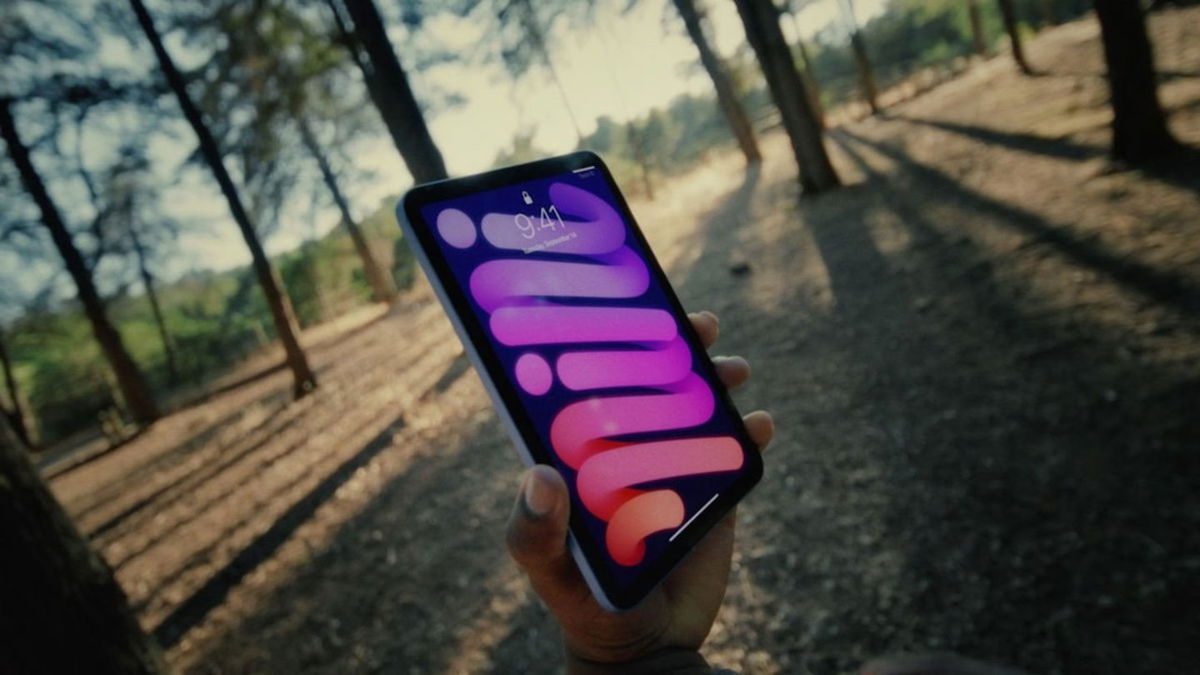A research team led by Maria Lukatskaya from ETH Zurich has developed an innovative method to significantly reduce the fluorine content in such batteries. By using electrostatic attraction to precisely deliver fluorine to the battery’s protective layer, they were able to reduce its use to just 0.1% by weight—20 times less than previous methods. This new approach improves battery stability, efficiency, and safety without compromising battery performance.
The breakthrough, detailed in the journal Energy & Environmental Science, promises to enable greener, more cost-effective lithium metal batteries that can be easily integrated into existing manufacturing processes. The team is now working to scale the method to larger applications such as smartphone batteries—a key step toward more sustainable energy storage solutions.
Source: Ferra
I am a professional journalist and content creator with extensive experience writing for news websites. I currently work as an author at Gadget Onus, where I specialize in covering hot news topics. My written pieces have been published on some of the biggest media outlets around the world, including The Guardian and BBC News.










